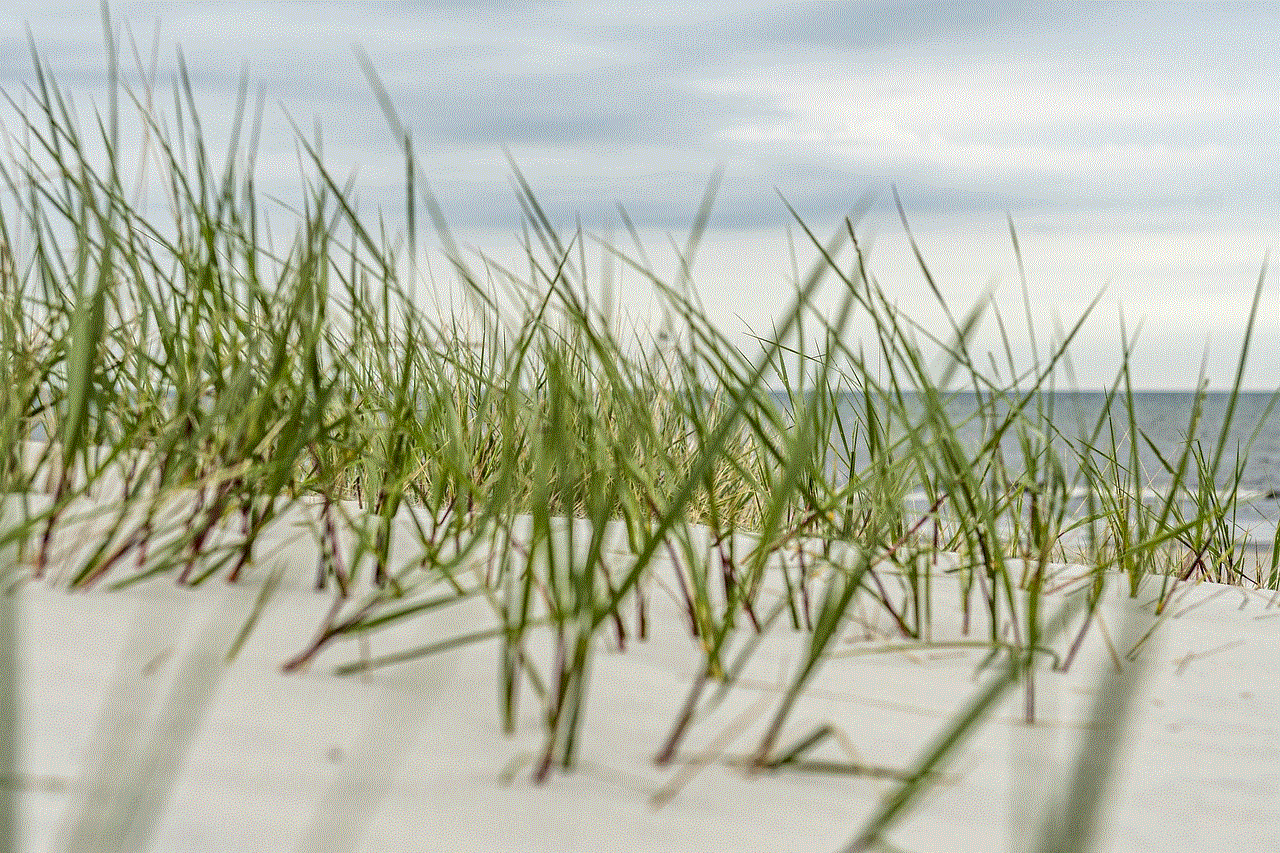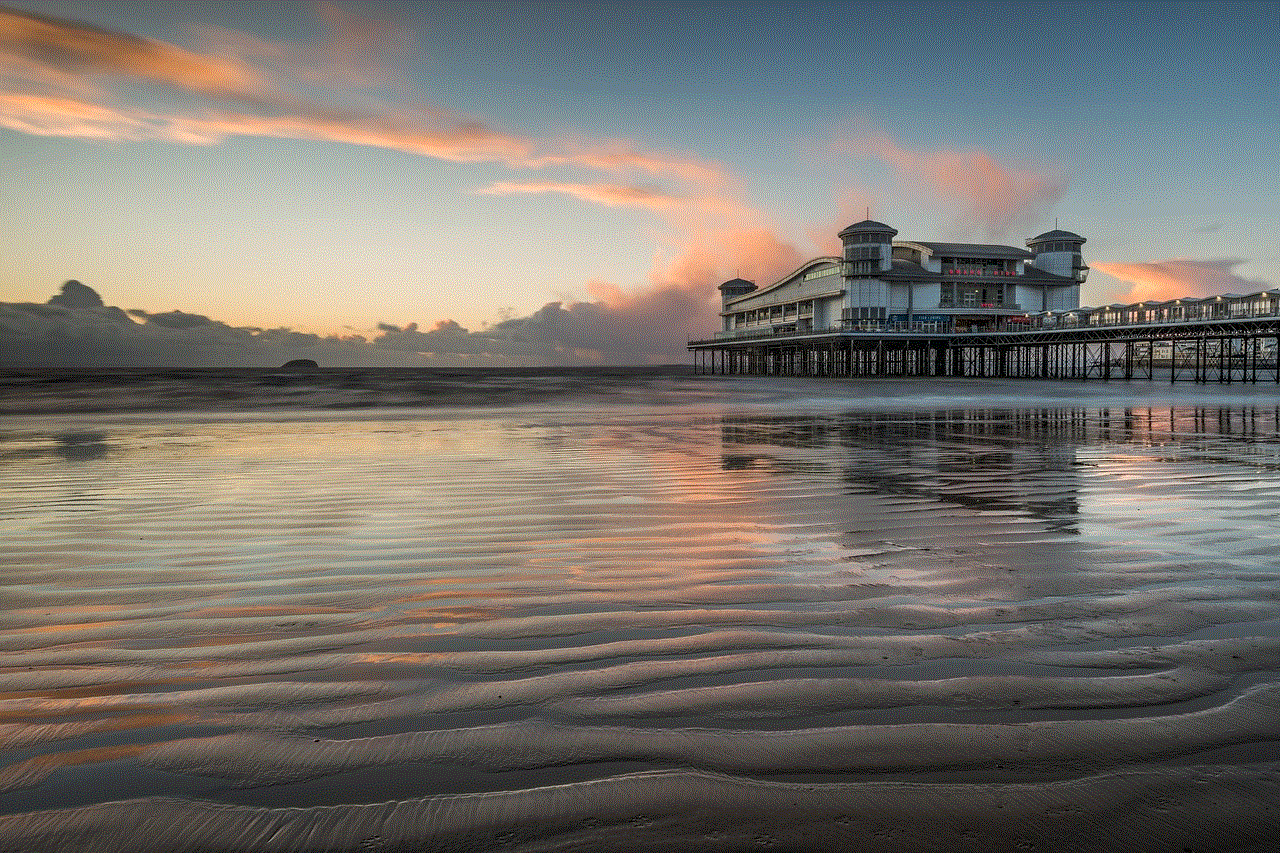juvenile delinquent meaning
Juvenile delinquency has been a subject of concern for societies across the world for centuries. The term refers to the involvement of minors in criminal activities, which is a grave concern for law enforcement agencies, parents, and society at large. The concept of juvenile delinquency has evolved over the years, and so have the approaches to dealing with it. In this article, we will delve deeper into the meaning of juvenile delinquency, its causes, and the various methods used to prevent and control it.
The term juvenile delinquency is often used interchangeably with juvenile crime. However, there is a subtle difference between the two. While juvenile delinquency refers to the act of committing a crime by a minor, juvenile crime refers to the violation of the law by a minor. In simple terms, juvenile delinquency is a behavior, while juvenile crime is an offense. This distinction is crucial as it helps in understanding the root causes of juvenile delinquency.
The age at which an individual is considered a juvenile delinquent varies from country to country. In most countries, it is between the ages of 10 and 18 years. However, some countries have a lower age limit of 7 years, while others have a higher age limit of 21 years. It is during this period that children go through significant physical, emotional, and psychological changes, making them more vulnerable to delinquent behavior.
There are various factors that contribute to juvenile delinquency, and it is often a combination of these factors that leads to criminal behavior in minors. One of the most significant factors is family dysfunction. Children who come from broken homes, where there is a lack of parental supervision and discipline, are more likely to engage in delinquent behavior. Moreover, children who grow up in households where there is violence, substance abuse, and poverty are also at a higher risk of becoming juvenile delinquents.
Another major factor is peer pressure. Adolescents are easily influenced by their peers, and if they are part of a delinquent group, they are more likely to engage in criminal activities. This is because they want to fit in and be accepted by their peers, and they may see delinquent behavior as a way to achieve this. Moreover, with the rise of technology and social media, young people are exposed to a wide range of negative influences, making it easier for them to engage in delinquent behavior.
Mental health issues are also a significant contributing factor to juvenile delinquency. Studies have shown that a large percentage of juvenile delinquents have underlying mental health issues, such as conduct disorder, attention deficit hyperactivity disorder (ADHD), and depression. These disorders can impair their judgment and make them more prone to impulsive and reckless behavior. Unfortunately, many young people do not receive proper treatment for their mental health issues, which can lead to further delinquent behavior.
The lack of education and employment opportunities also plays a significant role in the rise of juvenile delinquency. Children who drop out of school or do not have access to quality education are more likely to engage in criminal activities. This is because they do not have the necessary skills to secure gainful employment, and they may turn to crime as a means to make a living. Moreover, in some cases, children may get involved in gang activities, which provide them with a sense of belonging and a source of income.
The impact of the media and popular culture cannot be ignored when discussing juvenile delinquency. Children are bombarded with images of violence, drugs, and other criminal activities through movies, TV shows, music, and video games. This desensitizes them to violence and makes them more likely to engage in delinquent behavior. Moreover, they may idolize and imitate delinquent celebrities, further perpetuating the problem.
The consequences of juvenile delinquency are far-reaching and can have a significant impact on the individual, their family, and society. For the individual, it can lead to a life of crime, making it difficult for them to break the cycle and become productive members of society. It also affects their education, employability, and overall well-being. For the family, it can cause emotional and financial strain, and in some cases, it may even lead to family breakdown. For society, it can result in increased crime rates, strain on the justice system, and a negative impact on the economy.
To address the issue of juvenile delinquency, various approaches have been adopted by different countries. One of the most common methods is rehabilitation. This approach focuses on addressing the underlying causes of delinquent behavior and providing the necessary support and guidance to help the individual change their behavior. This may include counseling, therapy, and educational programs. The goal is to help the individual become a productive member of society and prevent them from engaging in criminal activities in the future.
Another approach is the use of diversion programs, where the juvenile offender is diverted from the traditional court system and placed in a rehabilitation program. This approach is aimed at preventing the individual from entering the criminal justice system and giving them a chance to turn their life around. Diversion programs may include community service, restitution, and counseling.
In some cases, the juvenile justice system may resort to harsher measures, such as incarceration. While this may be necessary in some cases, it is not always effective in preventing future delinquent behavior. In fact, studies have shown that incarceration can have a negative impact on the individual, making them more likely to engage in criminal activities upon release.
Prevention is always better than cure, and this is especially true when it comes to juvenile delinquency. Therefore, it is essential to implement preventive measures to address the root causes of delinquent behavior. This includes providing children with a safe and nurturing environment, access to quality education and healthcare, and opportunities for positive activities such as sports and arts. It is also crucial to raise awareness about the consequences of delinquent behavior and educate parents and caregivers on how to identify and address early signs of delinquency in children.
In conclusion, juvenile delinquency is a complex issue that requires a multi-faceted approach. It is not just the responsibility of the justice system to address this problem; it is a collective responsibility of parents, schools, communities, and society at large. By understanding the root causes of juvenile delinquency and implementing effective preventive and rehabilitative measures, we can create a safer and more positive environment for our youth and prevent them from falling into a life of crime.
most searched youtube videos 2016
youtube -reviews”>YouTube has become one of the most popular platforms for entertainment, education, and information in recent years. With over 2 billion monthly active users, it has revolutionized the way we consume video content. As the year 2016 came to an end, YouTube released its annual list of most searched videos, showcasing the diverse interests of its global audience. In this article, we will take a closer look at the top 10 most searched YouTube videos of 2016 and explore the reasons behind their popularity.
1. “Pen-Pineapple-Apple-Pen” by Piko-Taro



Topping the list of most searched YouTube videos of 2016 was the viral sensation “Pen-Pineapple-Apple-Pen” by Japanese comedian and singer Piko-Taro. The 45-second music video went viral in August 2016, with its catchy tune and humorous lyrics. The video features Piko-Taro dressed in a leopard-print outfit, singing about combining a pen, a pineapple, and an apple, resulting in the iconic “pen-pineapple-apple-pen” phrase. The simple yet addictive nature of the song made it an instant hit, with people all over the world creating their own versions and parodies.
2. “Hasta el Amanecer” by Nicky Jam
The second most searched YouTube video of 2016 was the music video for “Hasta el Amanecer” by Puerto Rican singer Nicky Jam. The reggaeton track was released in January 2016 and quickly gained popularity, topping the charts in multiple countries. The music video, featuring Jam and a group of dancers, has a laid-back and tropical vibe, making it a perfect summer hit. With over a billion views, “Hasta el Amanecer” became one of the most-watched Spanish-language music videos on YouTube.
3. “The Late Late Show with James Corden – Carpool Karaoke with Adele”
The third most searched YouTube video of 2016 was the popular segment “Carpool Karaoke” from “The Late Late Show with James Corden.” In this episode, British singer Adele joins Corden for a ride around London while singing her hit songs, including “Hello” and “Someone Like You.” The video went viral, with over 181 million views, and even won a Primetime Emmy Award for Outstanding Variety Special in 2016. This segment has become a popular feature on Corden’s talk show, with numerous celebrities joining him for a fun car ride and sing-along.
4. “How to Make a Giant Flaming Vortex Fountain”
In fourth place was the DIY video “How to Make a Giant Flaming Vortex Fountain” by YouTuber Kevin Kohler, better known as “The Backyard Scientist.” In the video, Kohler demonstrates how to create a mesmerizing fire vortex by mixing water with a flammable liquid and spinning it using a homemade vortex cannon. The video garnered over 22 million views and sparked interest in science experiments and DIY projects.
5. “Grace VanderWaal: 12-Year-Old Ukulele Player Gets Golden Buzzer – America’s Got Talent 2016”
The fifth most searched YouTube video of 2016 featured 12-year-old singer and ukulele player Grace VanderWaal on “America’s Got Talent.” In her audition, VanderWaal captured the hearts of the judges and the audience with her original song “I Don’t Know My Name.” Her unique voice and talent earned her the golden buzzer, sending her straight to the live shows. VanderWaal eventually won the season and became the youngest winner in the show’s history.
6. “Water Bottle Flip Edition” by Dude Perfect



In sixth place was the viral video “Water Bottle Flip Edition” by the popular YouTube group Dude Perfect. The video features the group attempting and successfully performing various bottle-flipping stunts, set to the song “Watch Me (Whip/Nae Nae)” by Silentó. The video gained over 122 million views and sparked a trend of people attempting their own bottle-flipping tricks.
7. “Channing Tatum & Beyonce’s ‘Run the World (Girls)’ vs. Jenna Dewan-Tatum’s ‘Pony’ – Lip Sync Battle”
In seventh place was the episode of “Lip Sync Battle” featuring celebrities Channing Tatum and his wife, Jenna Dewan-Tatum. In this episode, the couple competes against each other by lip-syncing to popular songs, with Tatum performing Beyoncé’s “Run the World (Girls)” and Dewan-Tatum performing Ginuwine’s “Pony.” The video went viral, with over 44 million views, and showcased the couple’s chemistry and performance skills.
8. “Donald Trump: Last Week Tonight with John Oliver”
The eighth most searched YouTube video of 2016 was a segment from the show “Last Week Tonight with John Oliver,” where Oliver discusses then-presidential candidate Donald Trump. The 22-minute video, which has over 30 million views, criticizes Trump’s policies and actions, including his proposed border wall and his comments on women. The video sparked debate and discussion, making it one of the most talked-about segments on YouTube in 2016.
9. “The $21,000 First Class Airplane Seat”
In ninth place was the video “The $21,000 First Class Airplane Seat” by YouTuber Casey Neistat. In the video, Neistat documents his luxurious first-class experience on Emirates Airlines, showcasing the amenities and services available on the flight. The video sparked interest in luxury travel and garnered over 53 million views.
10. “Brothers Convince Little Sister of Zombie Apocalypse”
The tenth most searched YouTube video of 2016 was the prank video “Brothers Convince Little Sister of Zombie Apocalypse” by YouTubers Cabot Phillips and Cameron Phillips. In the video, the brothers convince their younger sister, Millicent, that a zombie apocalypse has occurred while she was at the dentist. The video went viral, with over 18 million views, and showcased the siblings’ playful dynamic and sense of humor.



In conclusion, the top 10 most searched YouTube videos of 2016 showcase the diverse interests and preferences of the platform’s global audience. From viral music videos and DIY projects to popular talk show segments and prank videos, these videos captured the attention and fascination of millions of viewers worldwide. As YouTube continues to evolve and grow, we can only imagine what kind of videos will top the list in the years to come.